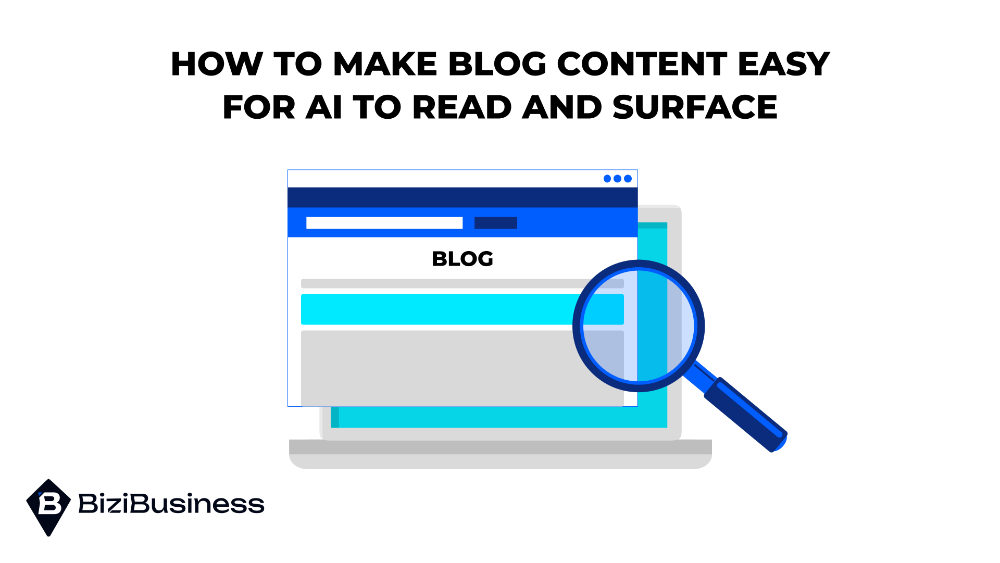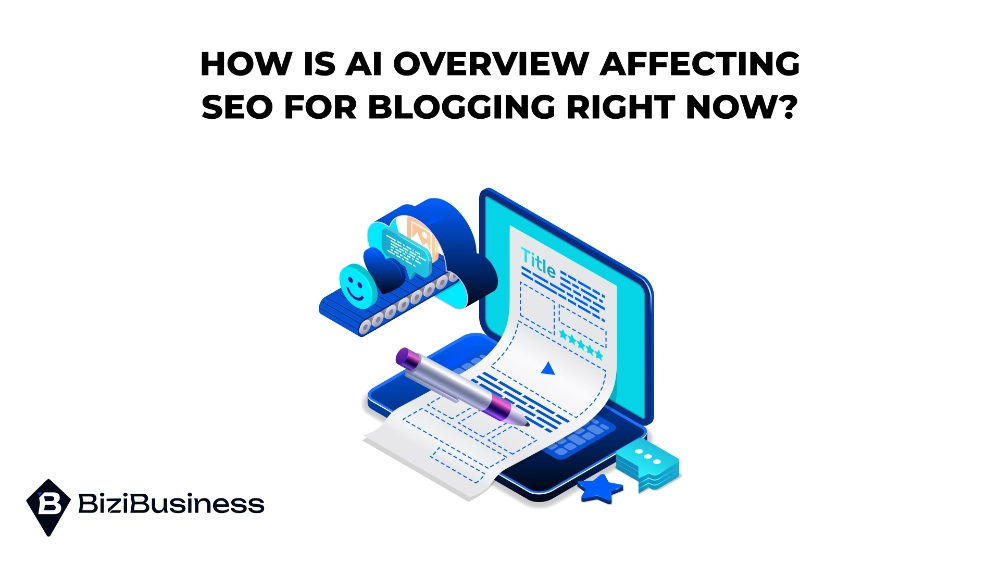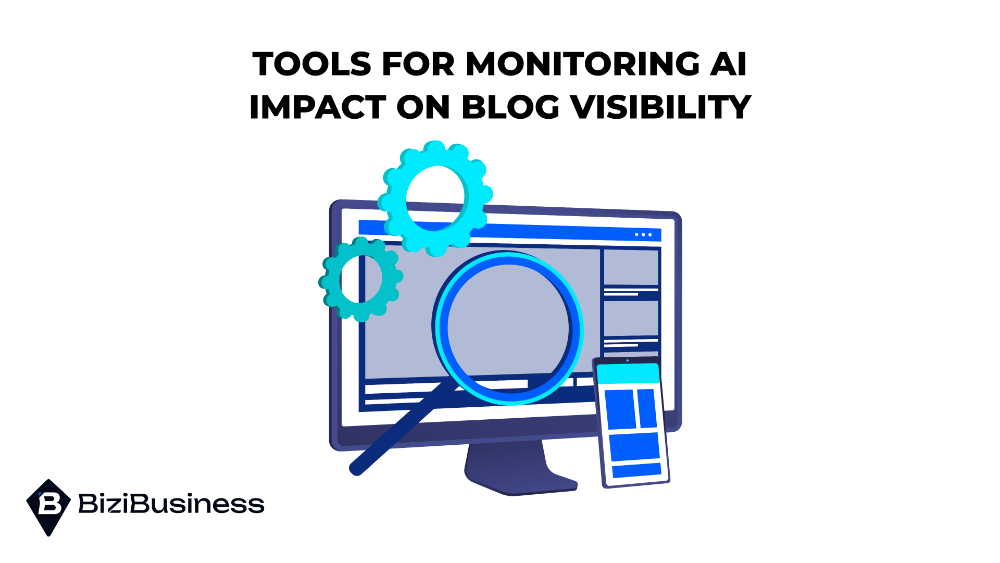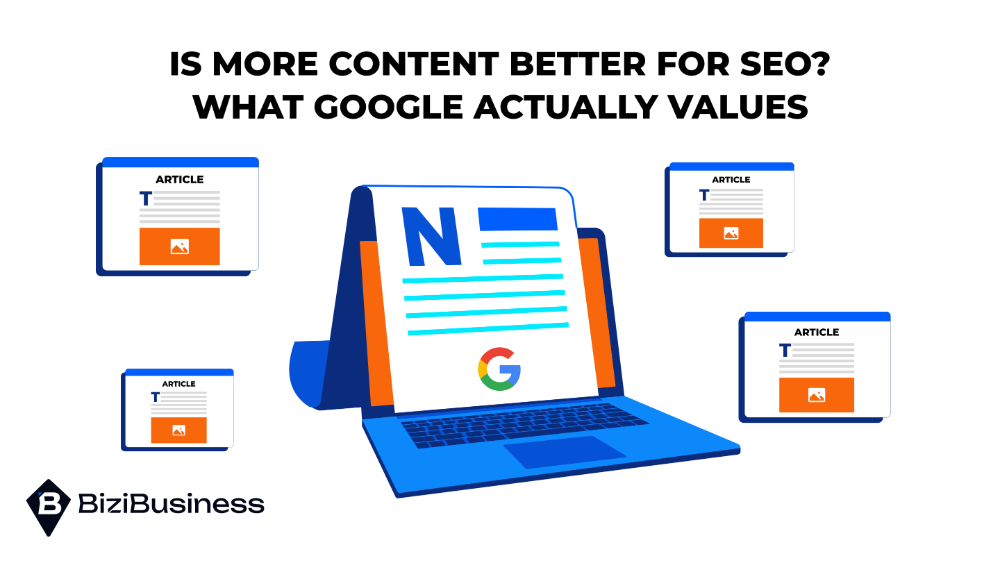Contents
Learn how is AI Overview affecting SEO for blogging in 2025. Understand the risks, ranking shifts, and what it means for your blog strategy.
How is AI Overview affecting SEO for blogging? That question is becoming urgent for publishers as AI-generated summaries now sit at the top of many search results. Instead of leading users to click on websites, search engines are answering queries directly. This is reshaping how traffic flows and what bloggers can expect from their SEO efforts.
This shift raises key concerns. Is organic traffic drying up? Are top-ranking blog posts losing visibility? And more importantly, what can content creators do about it? This article breaks down the changes AI Overview brings to search, the risks to blogging strategies, and how to adapt for survival and growth.
What Is AI Overview in Search and Why It Matters
AI Overviews are summaries created by tools like Google’s Search Generative Experience (SGE) or Bing Copilot. These systems gather bits of content from across the web and stitch them into a brief explanation, placed right at the top of the results page. Often, users don’t need to click anything, they get what they came for in that first panel.
That matters because fewer people are clicking traditional search links. Even when a blog post ranks high, it may not get much traffic if an AI box has already answered the question. This connects to the ongoing zero-click trend, where searchers find what they want without visiting a site.
Writers who focus on AI content optimization for search engines will need to think beyond ranking. It’s not just about being on page one anymore. The way content is written and formatted now plays a role in whether AI tools will surface it.
How Is AI Overview Affecting SEO for Blogging Right Now?

Right now, blogs in several industries are seeing fewer clicks—even when their rankings haven’t changed. In search results where an AI summary appears, the top three organic results often lose traffic. People read the summary and move on.
What’s changing:
- CTRs are dropping, even for blog posts that appear at the top of the page.
- Health, finance, and productivity blogs seem to be hit hardest.
- AI-generated boxes reduce the chance that someone scrolls or clicks further down the page.
Reports from Search Engine Land and SparkToro suggest that this pattern is already hurting traffic across many sites.
If you’re working on AI content optimization for blogs, formatting is key. Use subheadings to surface takeaways early. Summarize important points near the top. Keep formatting clear. For example, in a post like why email marketing is important for ROI, you’d want main ideas visible within the first few scrolls.
Impact on Blog Traffic and Search Behavior
AI Overviews are not just changing rankings—they’re changing how people interact with blog content.
Before AI Overviews:
- Users clicked on multiple links to explore different perspectives.
- Top-ranked blogs received consistent traffic and longer visits.
- Exploratory searches often led users to scroll and dive deeper into sites.
After AI Overviews:
- Fewer impressions and lower click-through rates (CTR) are being reported across many blog categories.
- Users now scan AI-generated summaries and often skip clicking on any link.
- Time-on-page and average session duration have declined, especially for informational content.
- Bounce rates are increasing, as visitors who do click tend to skim and leave quickly.
This means traditional SEO signals, like high rankings and rich snippets, no longer guarantee traffic. For example, posts like How to Measure Email Marketing Success may offer strong value, but if key answers aren’t surfaced clearly, they may be bypassed in favor of the AI summary.
To adapt, blog content must be direct, structured, and optimized for quick extraction by AI systems and readers alike.
How Bloggers Can Adapt Their SEO Strategy

To stay visible in AI-influenced search results, bloggers must rethink how content is structured and optimized. Traditional formats with long intros and buried answers no longer perform well when AI Overviews pull quick summaries from multiple sources.
1. Lead with direct answers
Start with clear, scannable takeaways instead of slow editorial build-ups. Put key information in the first few paragraphs or use a list or table to summarize.
2. Focus on EEAT
Show Experience, Expertise, Authoritativeness, and Trustworthiness:
- Add bylines with credentials
- Link to expert sources
- Include first-hand insights and examples
3. Use semantic structure
Make your content easier for AI and search engines to interpret:
- Use proper heading hierarchy (H2 > H3 > H4)
- Format content with tables, lists, and bolded summaries
- Apply schema markup to highlight FAQs, authorship, or article type
Bloggers using AI in optimizing content for semantic search will have a better chance of being quoted or linked in AI Overviews. Structuring content for machines is now just as important as writing for readers.
How to Make Blog Content Easy for AI to Read and Surface
If you’re trying to stay visible in search today, it’s not enough to just write something good. The way you present that content matters more than ever. Search engines now rely on AI systems to understand and summarize pages quickly. This doesn’t mean your content should feel stiff or robotic. It does mean structure is a big deal.
When AI tools scan your blog, they look for clean organization, clear answers, and patterns that help them make sense of what you’re saying. At the same time, readers are scanning too. They don’t want walls of text or confusing layouts. The goal is to write for both.
Here’s how to make your content easier for both AI and people to understand:
Use Lists and Step-by-Step Formats
Break things into digestible pieces. Bullet points and numbered steps help AI parse your ideas more efficiently. Readers benefit from the same structure. Instead of long paragraphs, try formats like:
- 3 ways to improve X
- Step 1, Step 2, Step 3
- Pros and cons of each option
- Do this, avoid that
This kind of layout gives both AI and readers something to latch onto.
Answer Questions Clearly and Early
If your post is designed to answer a search query, don’t wait five paragraphs to get to the point. Say it early. Put the main answer in the opening lines, then expand with details below. For example:
Question: What is blog SEO?
Direct answer: Blog SEO is the process of optimizing blog content to rank in search engines like Google. It includes keyword targeting, structure, and technical setup.
That style helps your post qualify for snippets, summaries, and AI Overviews.
Add Quick Summaries or TL;DR Sections
Give readers and search engines a preview of what’s coming. You can do this with a short bullet-point summary at the top or a one-paragraph “key points” section. It makes it easier to scan and helps AI extract a clean summary if it needs one.
Example formats:
- TL;DR: This post explains how to optimize blog content for AI search features.
- In this article you’ll learn: – How AI affects blog SEO – Formatting strategies for visibility – Tools to monitor AI impact
Use Clear, Literal Headings That Match Search Queries
Avoid vague headings like “Getting Started” or “Things to Know.” Instead, use headers that mirror how people actually search. If someone types “how to start a blog,” your heading should use that exact phrase. That makes it more likely your section will be pulled into an AI-generated result.
Examples of optimized headers:
- How to Start a Blog in 2025
- What Is SEO and How Does It Work?
- Email Marketing Best Practices for Beginners
Define Terms and Keep Jargon Minimal
If you’re writing for a niche audience, it’s easy to slip into industry terms. But don’t assume the reader or the AI knows every abbreviation or phrase. Define technical terms the first time they appear. Use short, simple definitions and keep it conversational.
Example:
CTR (Click-through rate): The percentage of people who click your link after seeing it in search results.
This helps your content qualify for glossary-style highlights and informational snippets.
Make It Practical: Use Formatting That Works
Want to see this in action? Look at Do’s and Don’ts Email Marketing You Must Know. That post is structured with clear takeaways, bullet points, and short paragraphs. It avoids long intros, uses bolded subheads, and puts helpful content front and center.
That kind of layout isn’t just better for readers. It’s easier for search engines to understand too.
Tools for Monitoring AI Impact on Blog Visibility

If you’re seeing traffic drops or shifts in user behavior, it’s important to confirm whether AI Overviews are the cause. Several tools can help you track changes in visibility, click-throughs, and query performance.
1. Google Search Console
- Monitor drops in impressions and CTR for top blog posts
- Compare performance before and after AI summary rollouts
- Segment data by query, device, or country to find patterns
2. SGE Monitor
Tracks how often your content appears in Google’s Search Generative Experience.
Useful for identifying which keywords are being intercepted by AI summaries.
3. Thruuu and AlsoAsked
These tools help analyze:
- Which questions trigger AI responses
- What related queries are losing visibility
- How your blog compares to others in AI-influenced SERPs
4. Segment branded vs non-branded queries
- Branded queries may still drive traffic directly
- Non-branded keywords, especially question-based ones, are more vulnerable to AI summarization
Tracking these patterns helps shape a response strategy. You’ll know which types of content need restructuring or new keyword targeting.
Future Outlook: AI and Content Optimization in 2025–2026
AI-generated summaries are just the beginning. The way content is ranked, displayed, and discovered is expected to evolve even further through 2025 and 2026.
Forecasts and trends to watch:
- Gartner predicts that by 2026, 40% of all search interactions will be initiated by AI tools instead of typed queries.
- Similarweb reports growing evidence of user fatigue with over-summarized results, pushing search engines to surface branded sources more clearly.
- SEO thought leaders suggest a shift toward “on-SERP experiences,” where engagement metrics will depend more on brand recognition than traditional SEO factors.
Rise of branded content and partnerships
Large publishers are beginning to work directly with Google, Microsoft, and OpenAI to remain visible inside AI results. Independent blogs may need to focus on building niche authority and recognizable branding to stay relevant.
As interest in AI for content optimization market prediction increases, expect strategies to favor clarity, credibility, and formatting over exact keyword targeting.
FAQs
Is AI killing blog SEO in 2025?
No. But it is reducing clicks and changing how traffic flows. Writers need to adjust structure and strategy to stay relevant.
Can I block AI Overview from using my content?
Not directly. There’s no simple way to opt out. Some methods involving metadata or robots.txt might limit how your content is used, but results vary.
How do I track my blog visibility in AI-generated summaries?
Start with Search Console for traffic changes. Use SGE Monitor and tools like AlsoAsked to see where and how your content may appear in summaries.
Final Thoughts on AI Overview and Blog SEO
AI Overview is changing the way search works. That doesn’t mean blog SEO is dead—but it does mean the strategy needs to change.
Success now depends on writing for people and formatting for machines. That includes using clear subheadings, summarizing early, and showing authority in your niche. If you want your blog to grow in this new environment, start by understanding how is AI Overview affecting SEO for blogging and restructure your content to meet that shift.




